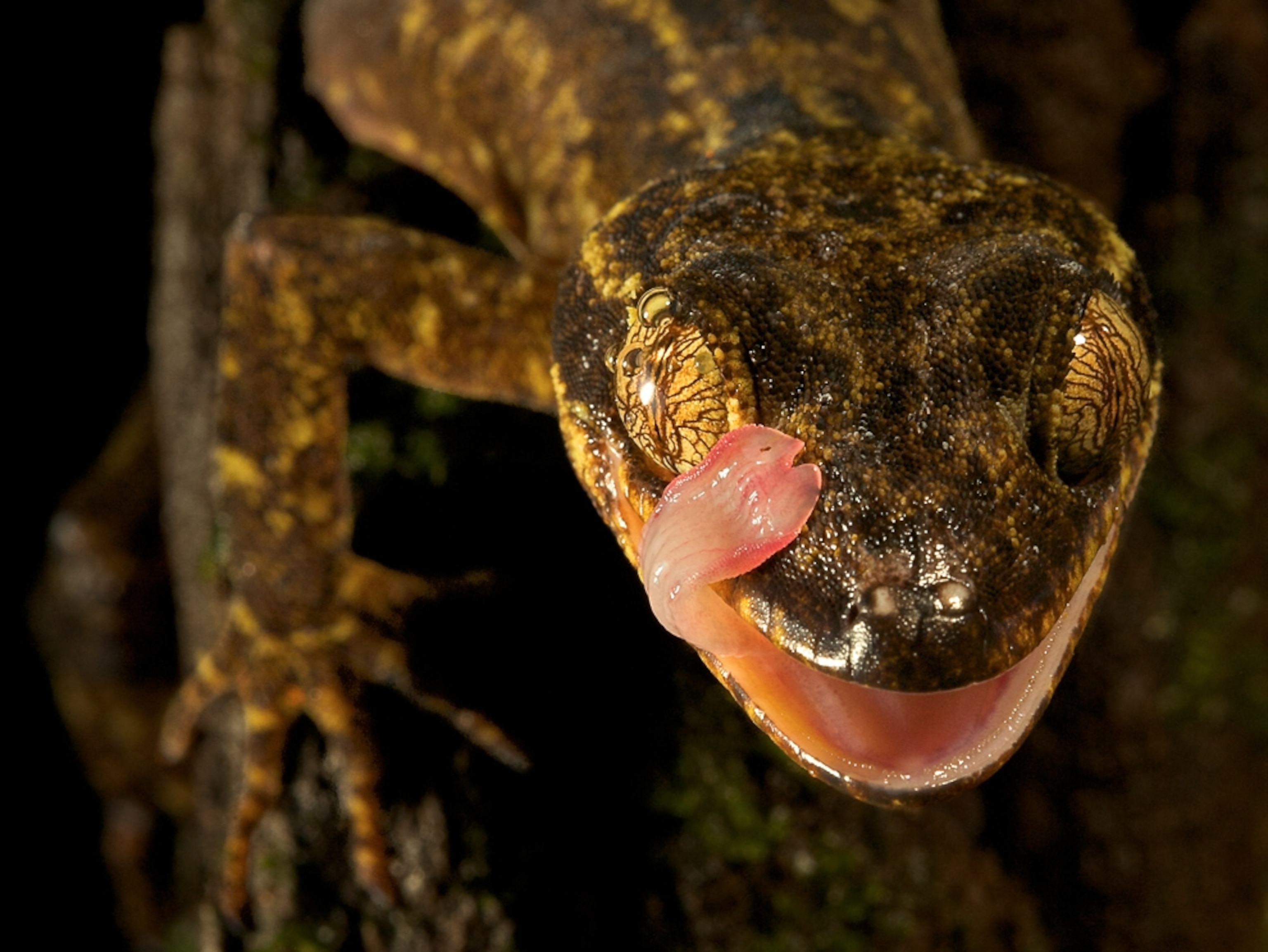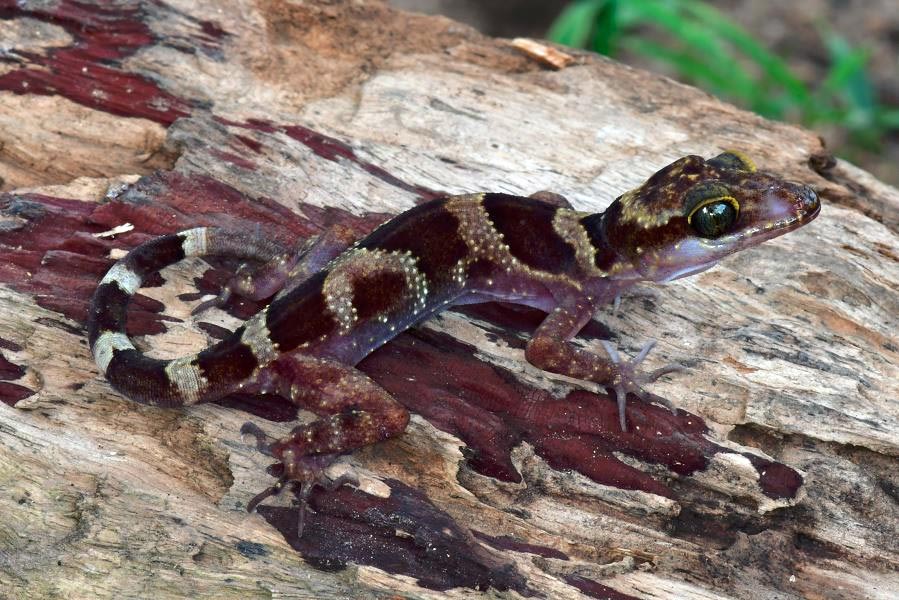New Species Alert: Lizards & Discoveries!
Have you ever wondered what hidden wonders still lie undiscovered on our planet? The relentless pursuit of scientific exploration continues to unearth breathtaking new species, reminding us of the incredible biodiversity that thrives, often unseen, around us.
The world of zoology is in a constant state of flux, a testament to the vastness of the natural world and the tenacity of scientific inquiry. The recent findings, a series of discoveries spanning various regions and species, offer a glimpse into this dynamic process. Each unearthing is a puzzle piece, contributing to a more complete understanding of life on Earth. From the soaring heights of mountain trails to the hidden depths of caves, the quest for discovery has led researchers to remarkable encounters, each adding to the rich tapestry of life.
The discovery of a new species is not merely a taxonomic classification; it's a window into evolution, ecology, and the intricate web of life. It necessitates meticulous observation, rigorous analysis, and a commitment to understanding the role each organism plays within its environment. The process, often involving genetic analysis, morphological studies, and careful documentation, is a testament to the scientific method. The stories behind these findings paint a picture of dedication, collaboration, and the thrill of discovery.
Consider the following table which highlights the crucial data points for a hypothetical researcher, Dr. Aris Thorne, who has contributed significantly to herpetological research, particularly in the field of lizard taxonomy:
| Category | Details |
|---|---|
| Full Name | Dr. Aris Thorne |
| Date of Birth | October 12, 1978 |
| Nationality | British |
| Education | Ph.D. in Zoology, University of Oxford (2006) |
| Specialization | Herpetology, Lizard Taxonomy and Conservation |
| Current Position | Lead Researcher, Department of Zoology, British Natural History Museum |
| Key Publications | "Phylogeny and Biogeography of Himalayan Lizards" (2012), "A New Genus of Arboreal Lizards from Southeast Asia" (2018), "Conservation Status of Endemic Lizard Species" (2023) |
| Awards & Honors | Fellow of the Royal Society, 2019; Gold Medal for Zoological Research, 2021 |
| Research Focus | Biodiversity studies, Genetic analysis, Field work |
| Website | British Natural History Museum |
Scientists, on a mountain walking trail, made a remarkable find. They encountered slender lizards with elongated limbs, an evolutionary adaptation clearly suited for a specific environment. The team, intrigued by the unique characteristics of these creatures, meticulously documented their observations, taking photographs, and collecting samples for further analysis. The subsequent research, including detailed morphological studies and genetic sequencing, confirmed their suspicions: they had stumbled upon a new species. This underscores how remote areas can harbor undiscovered diversity.
Further investigations, including genetic analysis, were conducted, revealing distinct differences from known species. The process, from initial observation to definitive classification, showcases the rigorous steps involved in taxonomic research. This journey highlights the importance of field work, and the vital role of laboratory analysis.
In another instance, researchers captured several of these lizards, bringing them back to the lab for closer examination. The animals' unique features and genetic makeup quickly distinguished them, leaving no doubt that this was indeed an entirely new species. The speed with which the discovery was confirmed speaks to the advancements in scientific tools and techniques.
It is important to recognize that the discovery of new species is not rare but is a continuous process. The rate at which new species are documented and classified continues to accelerate, driven by global exploration and ever-improving scientific tools. The discoveries made each year represent the ever-growing picture of life on Earth.
Not all discoveries involve the bustling landscapes of the terrestrial realm. On June 24, 2025, an international team of malacologists announced the discovery of a new snail species, Anauchen picasso, found in Southeast Asia. The snail's shell exhibited a remarkably complex and angular shape. Its unique shell composition distinguishes it from other snails and is a testament to the adaptive diversity found even in the most unassuming of creatures.
Sometimes, the past holds the key to the present. A dinosaur footprint fossil has led to the discovery of a new species, one that roamed British Columbia in prehistoric times. The fossil record provides crucial insights into ancient ecosystems. The study of such footprints allowed scientists to gather information about the dinosaur's morphology and behaviour. These discoveries have provided important clues for understanding the evolution of species and their relationship with each other.
In Arunachal Pradesh, a team made a remarkable discovery of a slender reptile with large claws. This unique find, observed, documented and analyzed, led to the declaration of a new species. The habitat, the creature's behaviour and its distinct physical features all played crucial roles in this discovery. These animals' presence showcases the rich biological diversity of the region and the need to prioritize conservation efforts.
Furthermore, the discovery of a lizard species with large green eyes on a cliff in a national park adds to the ever-growing list of species being found. The unique adaptation of the species to its environment underscores the importance of protecting natural habitats. Further research is imperative to gather information regarding population size, and behavior. The presence of this species in the National Park underscores the importance of habitat conservation.
In yet another instance, a team looked closely at some animals, leading them to the conclusion that they had discovered a new species. Careful observation and a deep understanding of the animals, their characteristics, habitats, and genetic makeup helped the team establish the species' uniqueness. The finding reaffirms the importance of meticulous study in the world of science.
A group of scientists studied a group of lizards, swiftly identifying them as a new species. Such a rapid classification, made possible by advanced techniques, shows that scientists can identify new species with efficiency. The discovery of these lizards underlines the value of scientific research and exploration, and reveals the importance of conservation in the face of ongoing habitat loss.
The findings highlight several factors that are instrumental to the discovery of new species. The team's findings emphasize the importance of field work, where direct encounters and thorough observation are fundamental. The genetic analysis and morphological assessments of these species helped in distinguishing them from existing species, showing how scientists determine a species uniqueness.
Another example of these findings is the discovery of the slender lizards with large golden eyes in a cave, which led scientists to the discovery of a new species. Caves can provide a distinct ecosystem, where novel and unexplored species can reside. The golden eyes, combined with their slender form, set this lizard species apart. This discovery further showcases the vast biodiversity of our planet and the importance of protecting natural habitats.
The scientific journey that results in these findings often involves multiple stages, including collecting specimens, meticulous documentation, and advanced analysis. The study of the creatures reveals an important aspect of biodiversity and adds to the current body of scientific knowledge. Each discovery, no matter how small, enriches our understanding of the complex ecosystems around us. The contribution of researchers and photographers, like Akshay Khandekar and Santosh Bhattarai, are also crucial. Their work serves as an important part of the scientific process.
The discovery of a speckled lizard with long fingers on a mountain walking trail presents another example of biodiversity and the variety of species that still await discovery. These unique features, along with genetic testing and taxonomic analysis, allows for the proper identification and classification of a new species. Such examples are important for highlighting the significance of continuous exploration and the need to protect the natural world.

New Bent Toed Gecko Found in "Lost World"

Six new species of Bent Toed Geckos discovered in Northeastern India

New Species of Bent Toed Gecko Discovered in Cambodia